Property valuation, a critical process in the real estate industry, involves estimating the worth of a property using various techniques. This article explores the different methods of property valuations, focusing on the market-based approach and the cost approach, among other techniques.
Understanding Property Valuation Techniques
Property valuation is not a one-size-fits-all process. It encompasses a range of methods, each suited to different property types and market conditions. The choice of technique can significantly impact the valuation outcome, making it essential for property professionals and investors to understand these methods.
Market-Based Valuation: The Comparative Method
Market-based valuation, often referred to as the comparative method, is one of the most prevalent property valuation techniques. This approach involves comparing the property in question with similar properties that have recently been sold in the same area. Key factors considered in this comparison include:
- Location and neighbourhood
- Property size and layout
- Age and condition of the property
- Unique features and improvements
By analysing these elements, valuers can estimate a property’s market value based on current trends and historical data.
Cost Approach: Assessing Property Value
The cost approach is another fundamental property valuation technique, particularly useful for new constructions or properties not frequently sold. This method calculates the value of a property by adding the land value to the cost of constructing the building, minus depreciation. Key steps include:
- Estimating the land value
- Calculating the current cost of constructing a similar building
- Assessing depreciation due to age, wear and tear, or functional obsolescence
This approach is often used for special-purpose properties like schools, hospitals, and government buildings.
Other Property Valuation Techniques
Apart from the market-based and cost approaches, there are other methods used in property valuation. These include:
Income Approach
The income approach is predominantly used for investment properties. It calculates value based on the income-generating potential of the property. This method considers the expected cash inflows from rents and other income, minus operating expenses.
Residual Method
Used mainly in the development sector, the residual method determines the value of a property based on its development potential. It involves calculating the gross development value, subtracting development costs, and factoring in a profit margin to arrive at the land value.
Summation Method
This approach combines elements of the cost and income methods. It’s used for properties that have both capital and rental value, such as mixed-use developments.
Choosing the Right Valuation Method
Selecting the appropriate valuation method depends on various factors, including the type of property, the purpose of valuation, and the availability of data. Professionals in the field must exercise judgement and expertise to choose the most suitable method for accurate and reliable property valuations.
In conclusion, understanding different property valuation techniques is crucial in the real estate sector. Whether it’s the market-based approach, cost approach, or other methods, each plays a vital role in determining a property’s value in the ever-evolving real estate market.



